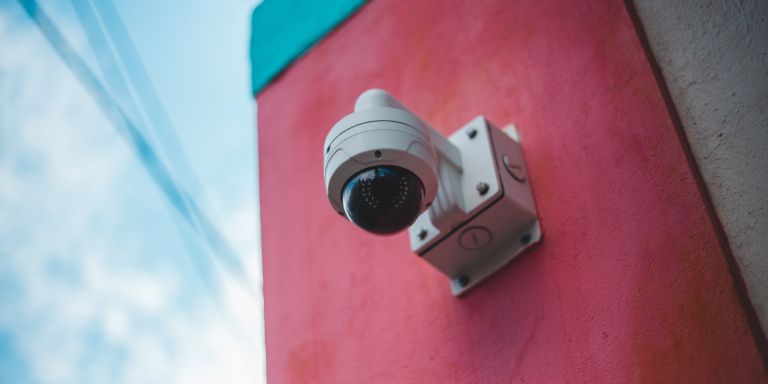
Faced with the resurgence of smart or augmented cameras in public spaces and the ethical or legal problems that these devices pose, the CNIL, after various works on the issue, has published a “Draft position on the conditions of deployment of so-called “smart” or “augmented” cameras in public spaces”. This document, published on January 14, is subject to a public consultation until March 11.
The Commission Nationale de l’Informatique et des Libertés (CNIL) was created by the Data Protection Act of 6 January 1978. Its mission is to ensure the protection of personal data contained in computer files and processing or paper, both public and private. It has a role of alert, advice and information to all publics but also has a power of control and sanction.
The role of alert
In 2017, as part of its “studies, innovations and prospects” work, the CNIL first highlighted the issues raised by the development of “monitored cities” and the ethical challenges of algorithmic processing and artificial intelligence. Then, in 2018, she noted that the legal framework surrounding certain technologies (fixed cameras, pedestrian cameras) and certain purposes (“simple” viewing of images), however, did not necessarily provide an appropriate response for smart cameras. In 2019, she contributed to the debate on facial recognition and the following year, she called for vigilance on the use of technical cameras and thermal cameras in the context of the health crisis. She considers that “Such devices are in no way a simple technical “extension” of existing cameras. They modify their very nature by their capacity of detection and automated analysis. They therefore raise new ethical and legal questions.
Objectives of the draft position
Given the lack of a specific framework for these devices, the CNIL wishes to set out its understanding, thoughts and analyses on the subject, from an ethical, technical (portrait of the technology, its use cases and the related risks) and legal (applicable framework as it currently exists: what is possible to do under constant law, under what conditions and with what guarantees?)
The CNIL’s position has three objectives:
- To present in a practical and concrete way what “intelligent” or “augmented” video tools are and their variety of uses. The term used by the CNIL for “augmented” video refers to video devices with associated algorithmic processing implemented by software, allowing automatic analysis, in real time and continuously, of the images captured by the camera. This is computer vision. It considers that even if these algorithms are integrated with traditional video cameras, the data processing they perform changes the nature and scope of the video. Consequently, she considers it necessary to precisely define these concepts and their potential uses, in order to be able to understand the risks.
After some public and private use cases, she presents the market of augmented video, underlining the fact that it is essentially held by foreign actors. On the other hand, she reminds us that the gain in terms of cost of workforce reduction (12,000 people are currently employed in this sector) is the real motivation for the deployment of this technology.
The other issue is one of industrial innovation. Augmented video solutions are being developed by SMEs or ETIs in the security sector, distributors or integrators, particularly in the retail sector, or start-ups that design artificial intelligence algorithms, particularly in the field of mobility and smart cities. - Highlighting the ethical and societal challenges of this technology and the graduated risks for the rights and freedoms of individuals.
The CNIL considers that augmented video devices can lead to a risk of generalized surveillance and that the processing of personal data, even sensitive data, presents a risk for the persons concerned.
The importance and effectiveness of these risks must be precisely evaluated in order to establish the necessary guarantees and to set limits to certain uses of these devices.
- Submit for consultation an interpretation of the legal framework applicable to these devices according to their objectives, their conditions of implementation and the risks they imply.
The data obtained by smart cameras, in particular images of people, their use and the data processing they imply must comply with all the regulations applicable to personal data (i.e., the RGPD and the Data Protection Act).
The CNIL submits for consultation its interpretation of augmented video and also discusses the possibilities of texts (legislative or regulatory) that could frame certain uses.
Anyone can take part in this consultation which will last 8 weeks and will end on March 11, 2022 included. At the end of this consultation, the CNIL will make its position known on its technologies and the way in which the RGPD and the Data Protection Act apply to them.
Translated from La CNIL lance une consultation publique sur l’usage des caméras intelligentes dans les espaces publics









